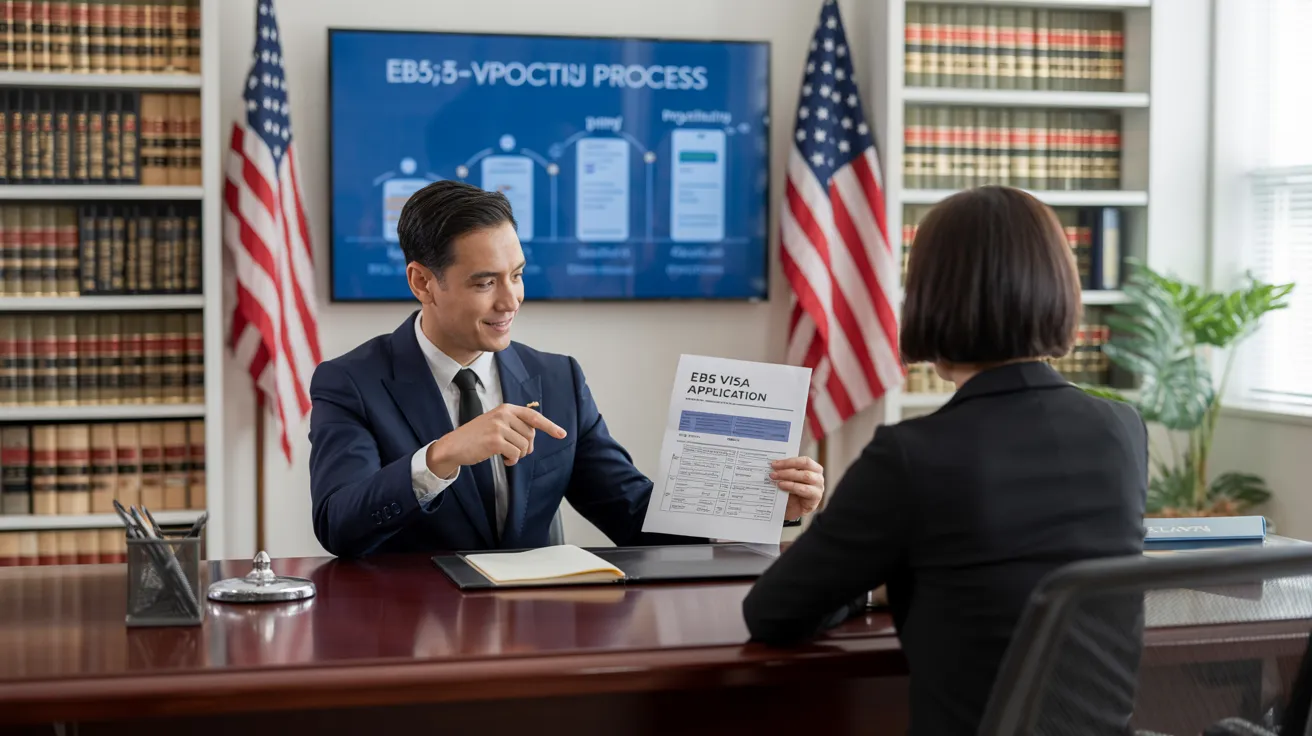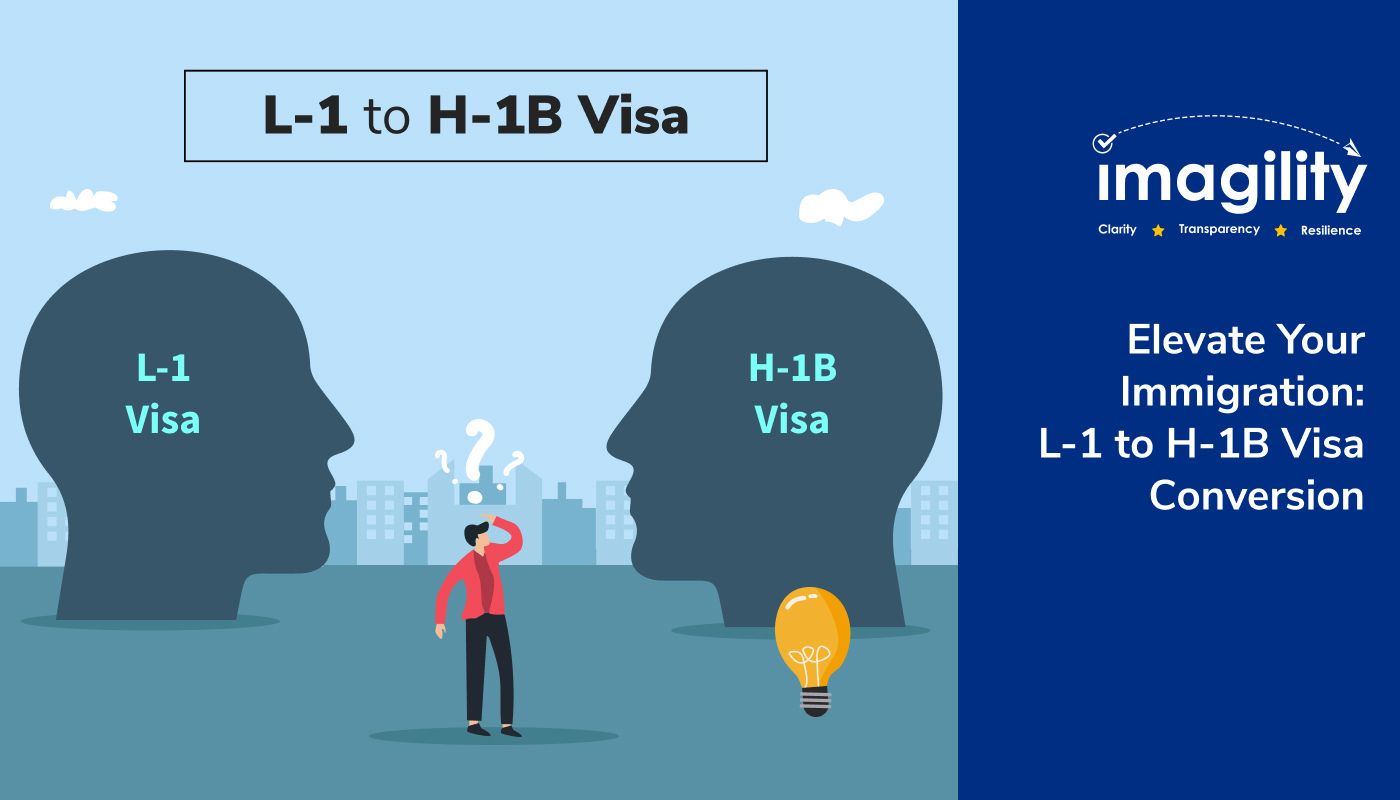The Single Strategy To Use For L1 Visa
Table of ContentsL1 Visa - The FactsThe smart Trick of L1 Visa That Nobody is Talking AboutA Biased View of L1 VisaThe Ultimate Guide To L1 VisaExamine This Report about L1 Visa6 Easy Facts About L1 Visa Described
Offered from ProQuest Dissertations & Theses Worldwide; Social Scientific Research Costs Collection. DHS Workplace of the Assessor General. Fetched 2023-03-26.
/f/84976/1003x1003/0d3a5ff0ea/l1a-visa_-everything-you-should-know-index.png)
U.S. Department of State. Recovered 22 August 2016. "Employees paid $1.21 an hour to install Fremont tech firm's computer systems". The Mercury Information. 2014-10-22. Recovered 2023-02-08. Costa, Daniel (November 11, 2014). "Little-known short-term visas for international technology employees depress wages". The Hillside. Tamen, Joan Fleischer (August 10, 2013). "Visa Owners Change Workers".
The Ultimate Guide To L1 Visa
In order to be qualified for the L-1 visa, the international firm abroad where the Recipient was used and the United state firm have to have a certifying relationship at the time of the transfer. The various kinds of qualifying relationships are: 1.
Example 1: Company A is included in France and uses the Recipient. Company B is included in the united state and desires to request the Beneficiary. Company A possesses 100% of the shares of Business B.Company A is the Parent and Business B is a subsidiary. There is a certifying relationship between the 2 companies and Firm B need to be able to sponsor the Recipient.
Instance 2: Business A is integrated in the U - L1 Visa.S. and wishes to petition the Recipient. Business B is included in Indonesia and utilizes the Beneficiary. Firm A possesses 40% of Firm B. The staying 60% is possessed and regulated by Firm C, which has no connection to Company A.Since Firm A and B do not have a parent-subsidiary relationship, Firm A can not sponsor the Recipient for L-1.
Firm An owns 40% of Business B. The staying 60% is possessed by Company C, which has no connection to Firm A. However, Business A, by official arrangement, controls and complete manages Business B.Since Business A possesses less than 50% of Business B however takes care of and controls the business, there is a certifying parent-subsidiary relationship and Company A can fund the Recipient for L-1.
A Biased View of L1 Visa
Associate: An associate is 1 of 2 subsidiaries thar are both possessed and regulated by the very same moms and dad or person, or owned and regulated by the very same team of people, in primarily the same proportions. a. Example 1: Business A is integrated in Ghana and utilizes the Beneficiary. Company B is included in the united state
Firm C, also included in Ghana, has 100% of Company A and 100% of Firm B.Therefore, Business A and Company B are "associates" or sister business and a qualifying relationship exists in between the 2 companies. Company B should be able to fund the Recipient. b. Example 2: Firm A is integrated in the U.S.
Business A is 60% had by Mrs. Smith, 20% owned by Mr. Doe, and 20% had learn more by Ms. Brown. Company B is included in Colombia and currently uses the Recipient. Business B is 65% owned by Mrs. Smith, 15% owned by Mr. Doe, and 20% had by Ms. Brown. Business A and Business B are affiliates and have a certifying connection in two various ways: Mrs.
The L-1 visa is an employment-based visa classification established by Congress in 1970, permitting international firms to move their managers, execs, or key personnel to their U.S. procedures. It is typically referred to as the intracompany transferee visa.

Furthermore, the recipient should have worked in a managerial, executive, or specialized worker setting for one year within the three years preceding the L-1A application in the international company. For new office applications, international work must have remained in a supervisory or executive ability if the recipient is coming to the United States to work as a supervisor or executive.
5 Simple Techniques For L1 Visa

If given for an U.S. business functional for greater than one year, the preliminary L-1B visa is for as much as three years and can be expanded for an extra 2 years (L1 Visa). On the other hand, if the U.S. firm is recently established or has actually been functional for less than one year, the first L-1B visa is released for one year, with extensions available in L1 Visa requirements two-year increments
The L-1 visa is an employment-based visa category developed by Congress in 1970, allowing multinational firms to move their supervisors, execs, or essential personnel to their United state operations. It is typically referred to as the intracompany transferee visa.
Some Ideas on L1 Visa You Should Know
Furthermore, the beneficiary has to have operated in a managerial, executive, or specialized worker setting for one year within the 3 years coming before the L-1A application in the foreign firm. For new workplace applications, international employment should have remained in a managerial or executive capacity if the beneficiary is coming to the United click here States to work as a manager or exec.
for as much as seven years to oversee the operations of the U.S. affiliate as an executive or supervisor. If released for an U.S. company that has been functional for greater than one year, the L-1A visa is originally granted for approximately 3 years and can be extended in two-year increments.
If granted for an U.S. firm functional for even more than one year, the initial L-1B visa is for up to three years and can be prolonged for an added 2 years. Conversely, if the U.S. business is recently established or has been operational for less than one year, the initial L-1B visa is issued for one year, with extensions available in two-year increments.
Comments on “L1 Visa for Investors”